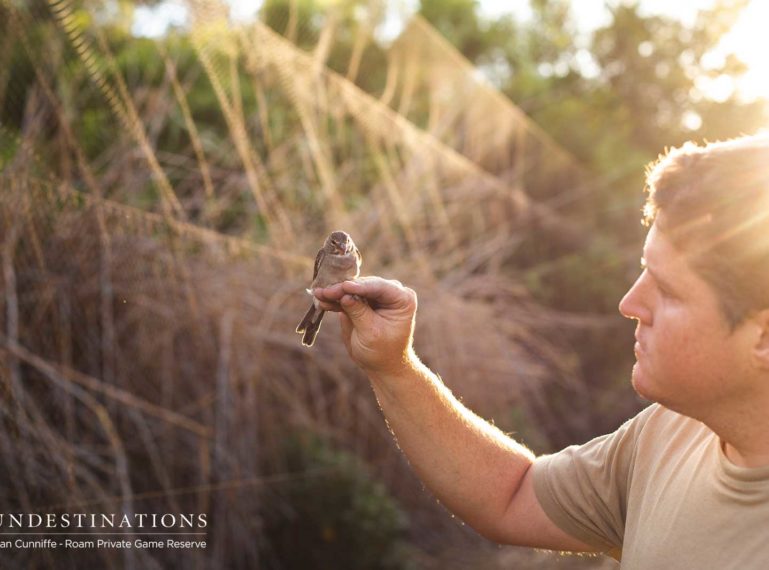
We’ve spoken briefly about Teagan’s “conscious” safari experience at Roam Private Game Reserve where she became involved in a few conservation projects currently underway within the reserve. The aim at Roam is to provide a unique safari experience that combines activities synonymous with a standard safari, AND combine it with a variety of conservation activities.
Guests are afford the opportunity to “give back” to the Great Karoo’s biome and feel part of the bigger picture; an experience that taps into our conscious. By becoming involved in the variety of daily tasks and projects underway, guests will have a small hand in contributing to the overall success of the reserve. One of the array of many tasks on offer is “bird ringing” or “bird banding” as it’s referred to in other countries. This is the delicate process of tagging and releasing birds for research.
Teagan spent time with Don, learning about the process involved in this task, and helped to tag migratory and endemic birds. She visually documented her bird-ringing experience, and furnished us with insight into this research activity.
What is bird-ringing/bird banding?
Bird ringing, or bird banding, is the process where individual birds are captured, tagged and released for research purposes. Bird-ringing gives us vital information about a bird’s migratory patterns and their history. Armed with this insight aids us in understanding various species, and ultimately allows us to form an important foundation for successful conservation measures. The ringing process involves trapping birds in mist nets where they are collected, fitted with an identification tag and released. During this ringing process the sex, age, weight and measurements of the bird are all recorded and sent to a central database (in South Africa SAFRing manages this database).
Here are a few examples of how bird-ringing is used :
- Information dispersal
- Migration patterns
- Understanding longevity
- Monitoring behaviour
- Survival rate
- Reproductive success
- Population trends
- Identifying how many chicks from one population survive
- What environmental conditions are favourable and detrimental to birds.
- Insight into biology and demographic changes over time
How does Roam do their bird-ringing?
The team at Roam have set up a regular bird-ringing program, led by Don. Guests are invited to join Don on a bird ringing outing where they will help to capture and tag birds, which is what Teagan did during her time at Roam. It will be an early morning trip out into the reserve to find a suitable trapping site, and the capturing process normally runs into midday, unless a specific species is being targeted which means evening sessions will be conducted. A gazebo and mist nets will be set up in preparation to catch birds. The nets are checked regularly for birds, which are subsequently processed and then released back into the wild. Guests will help with the release process, while the rest of the time is spent soaking up the wild Karoo atmosphere and learning about the biome.
The team at Roam says, “The data recorded can then be linked back to individual birds should they be caught again in the future. Historic data from bird ringing has helped ornithologists answer important conservation questions like “how long a particular species lives for?”, “where migratory birds go when they leave for the winter?” or “How large is a particular species territory?”. Whenever ringed birds are found dead, or re-sighted (in the case of colour-rings), they can be identified and their movements can be tracked. This helps to identify the critical sites along their migratory routes (flyways) and provides fundamental information for conservation planning and site management.”
Head out on game drives, enjoy gin and tonics during golden hour, return to luxury lodgings, choose your level of involvement and become part of the bigger picture. You won’t be disappointed.
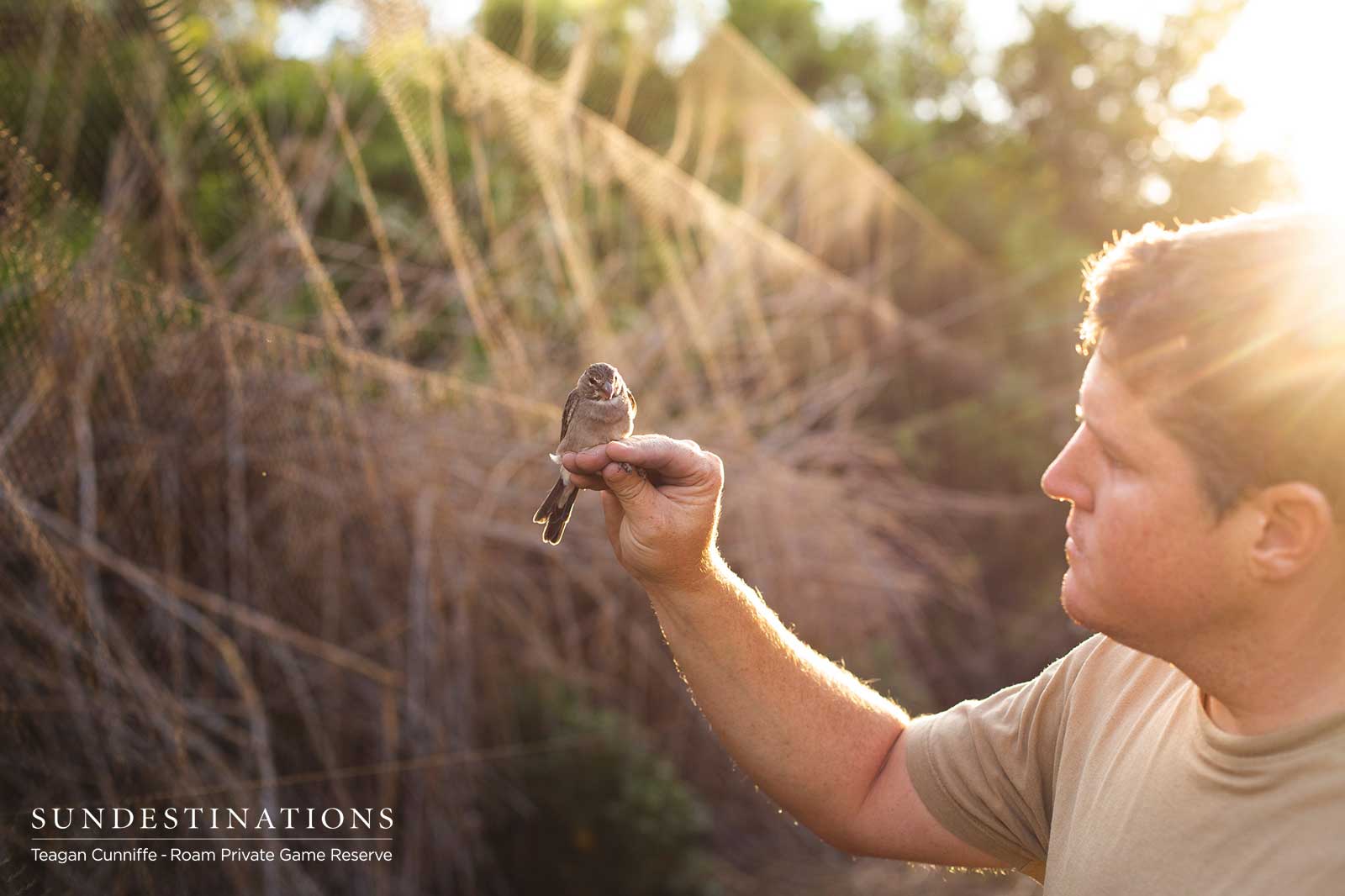
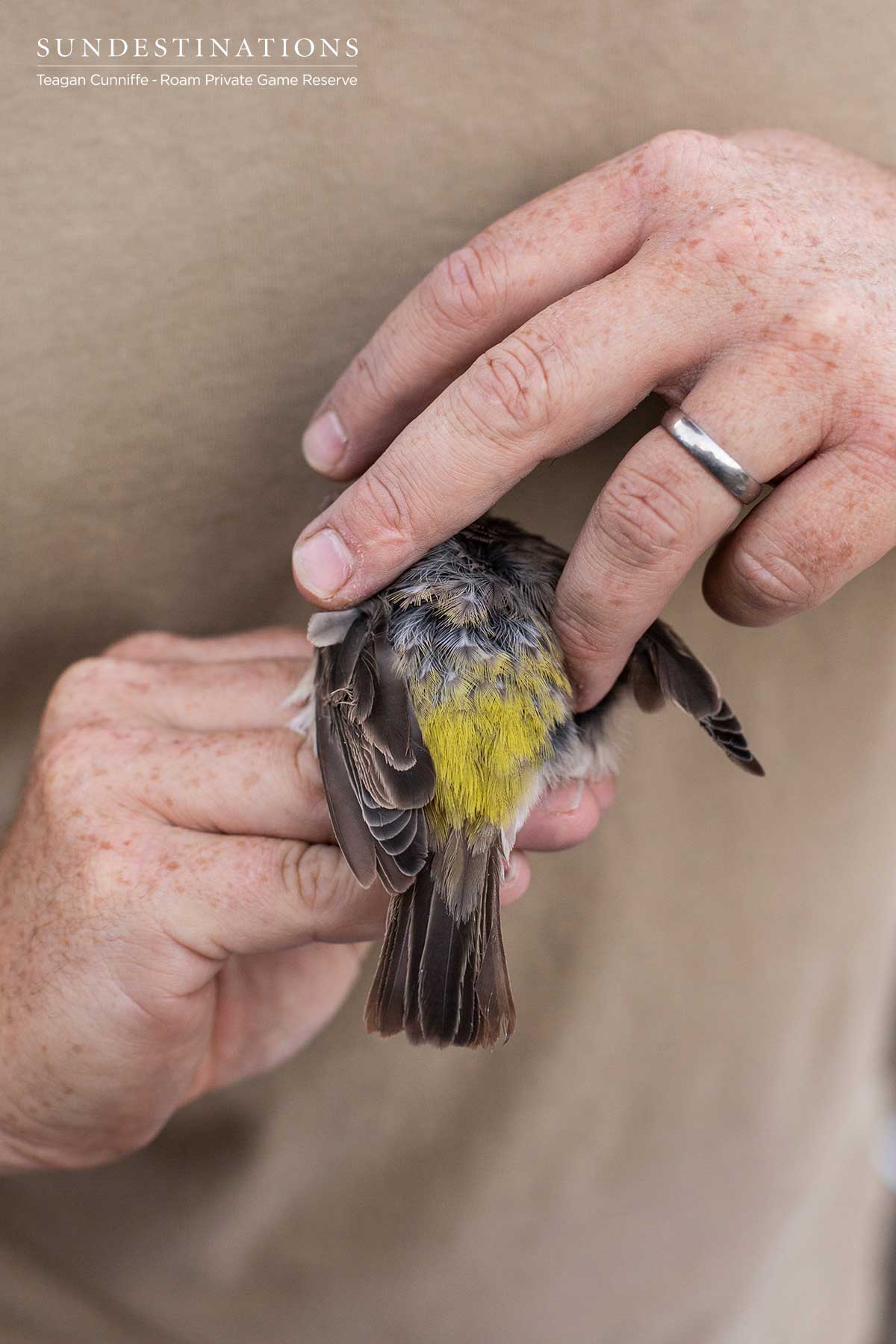
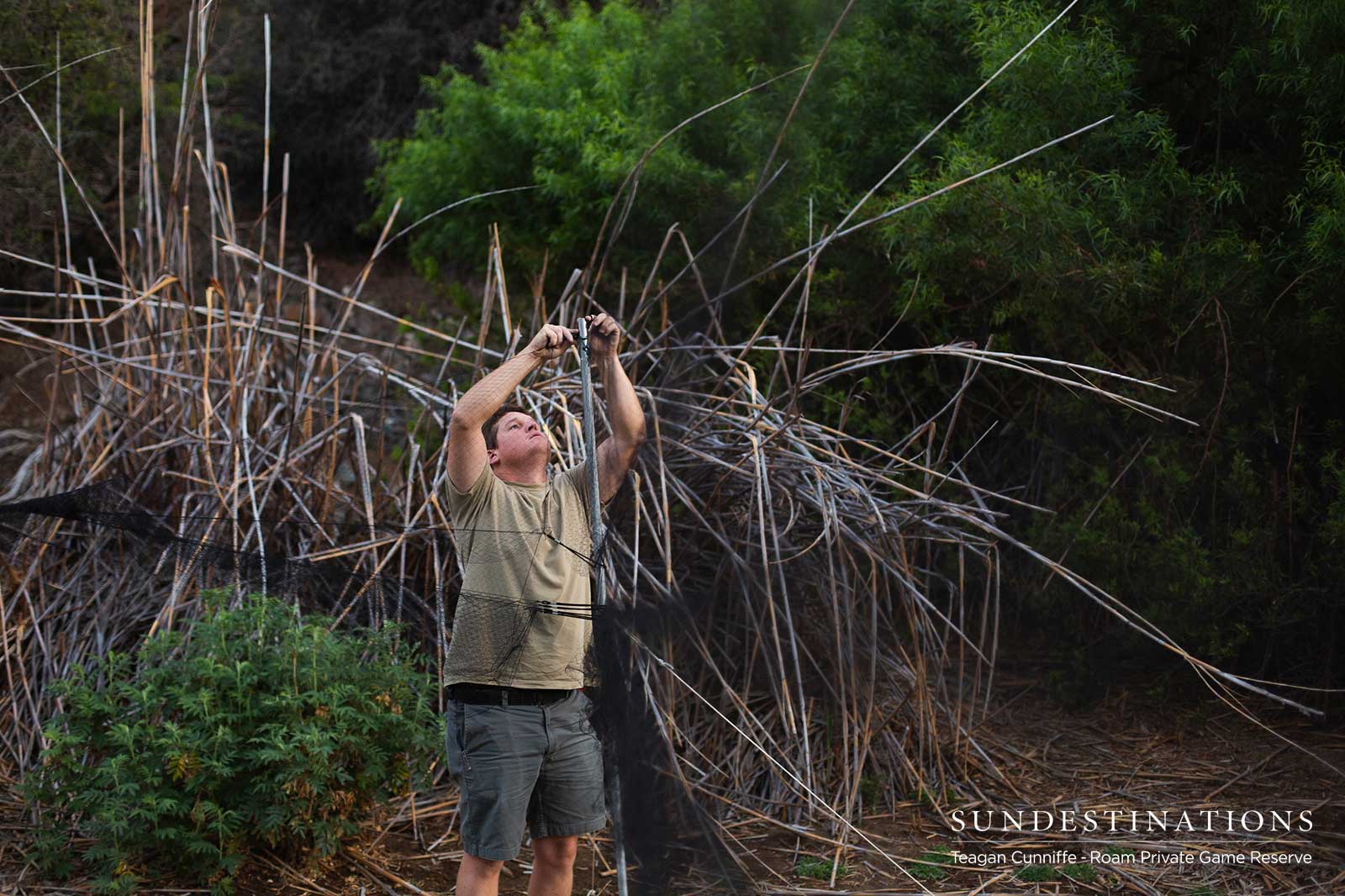
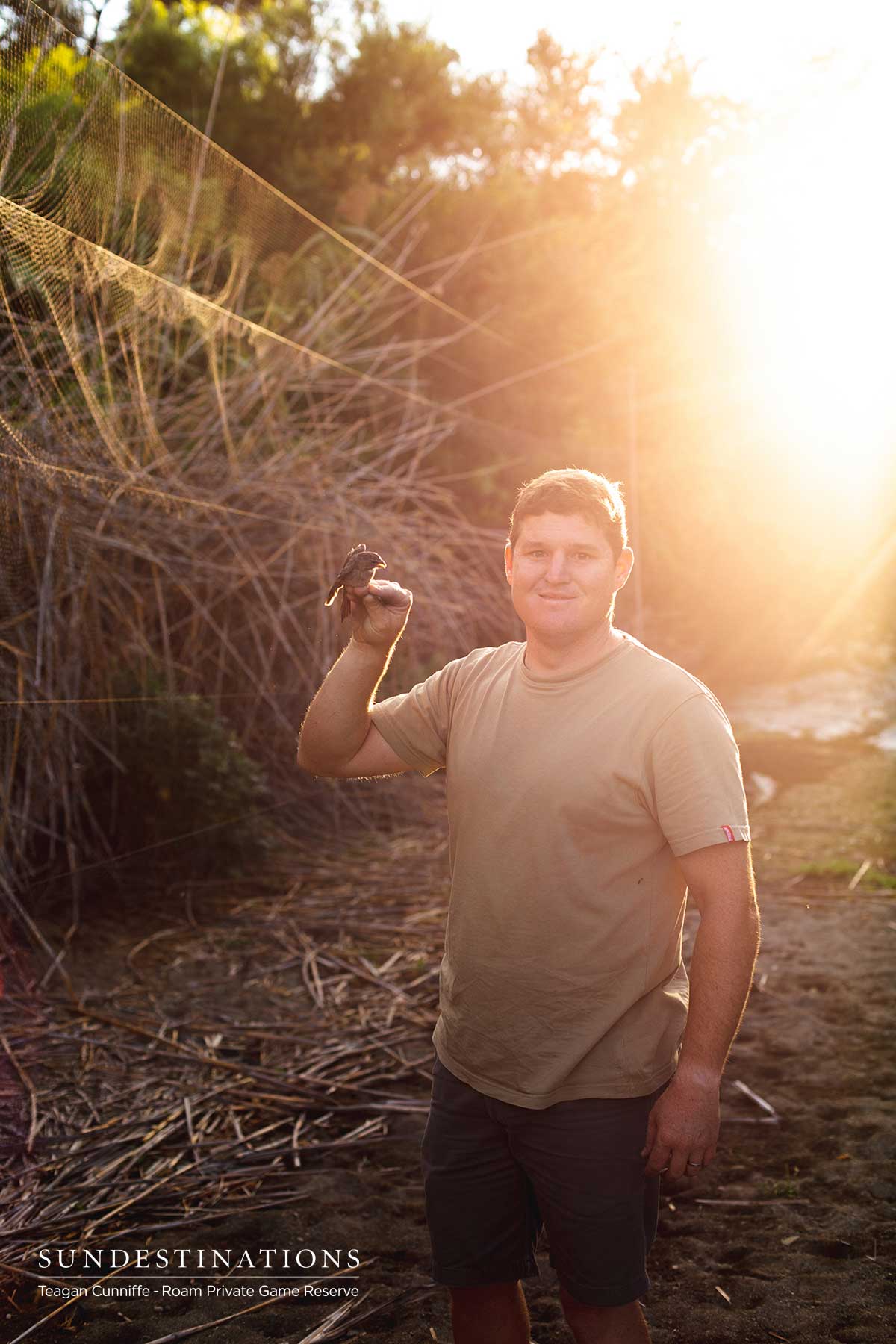
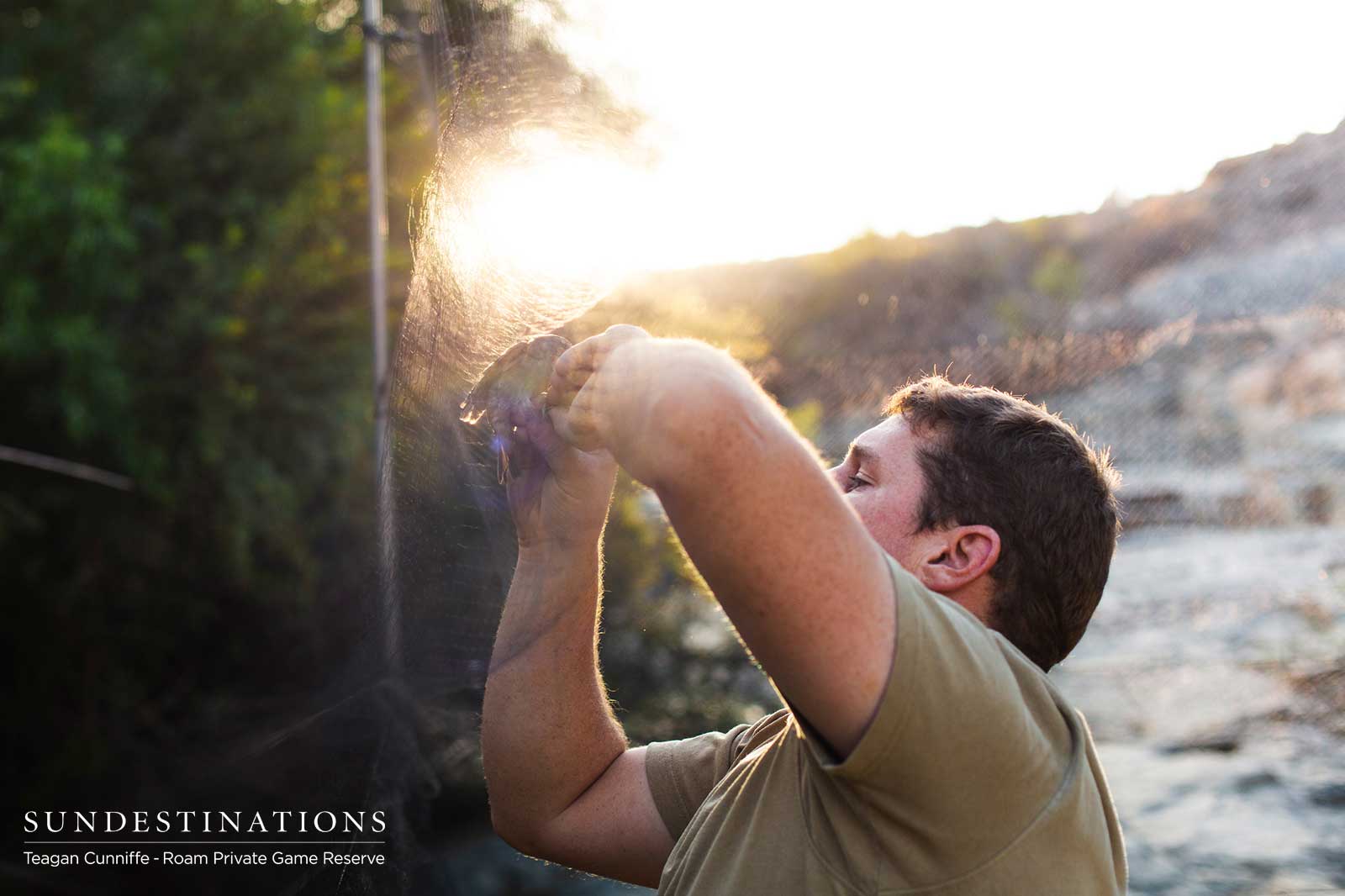
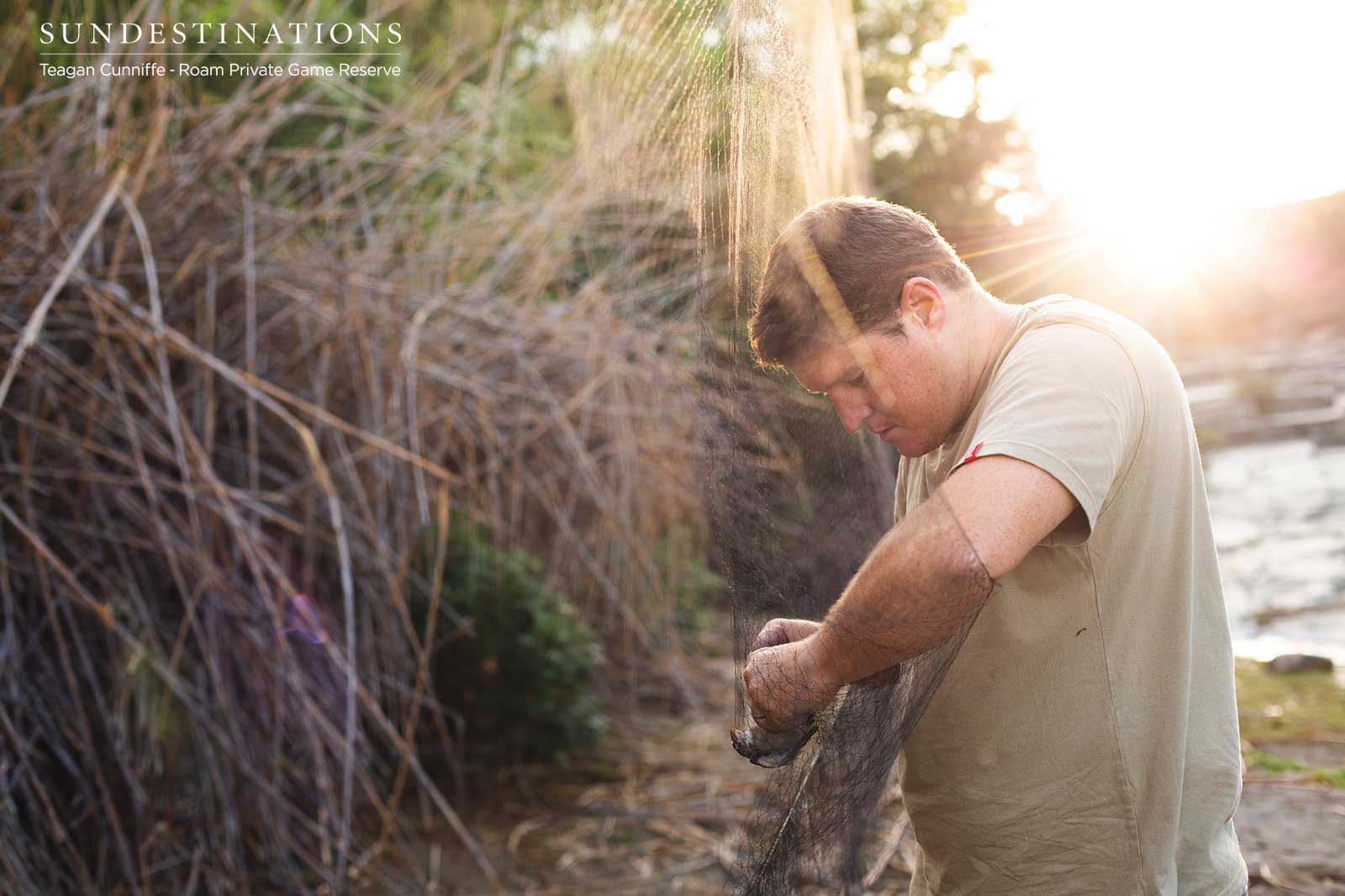
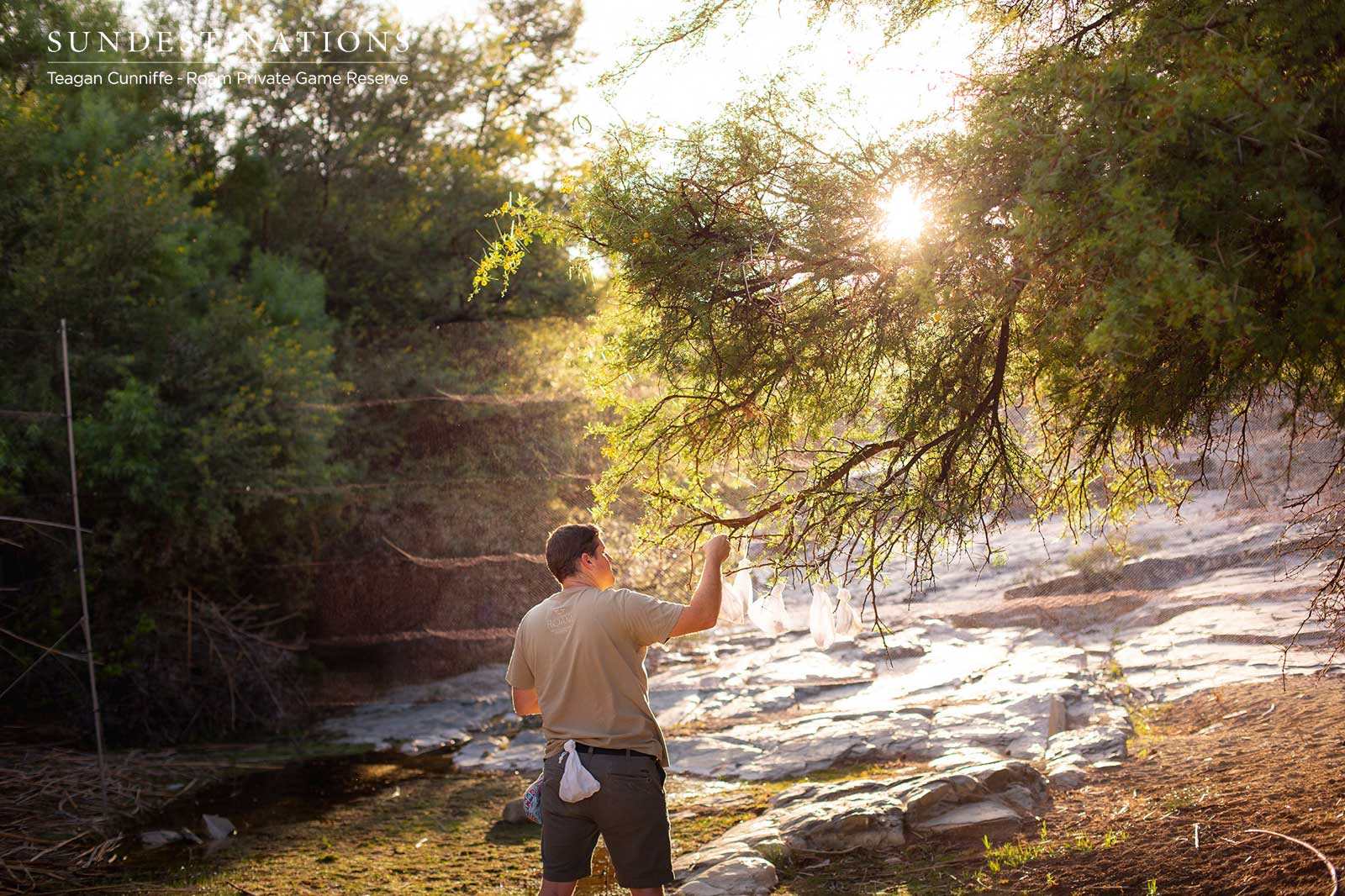
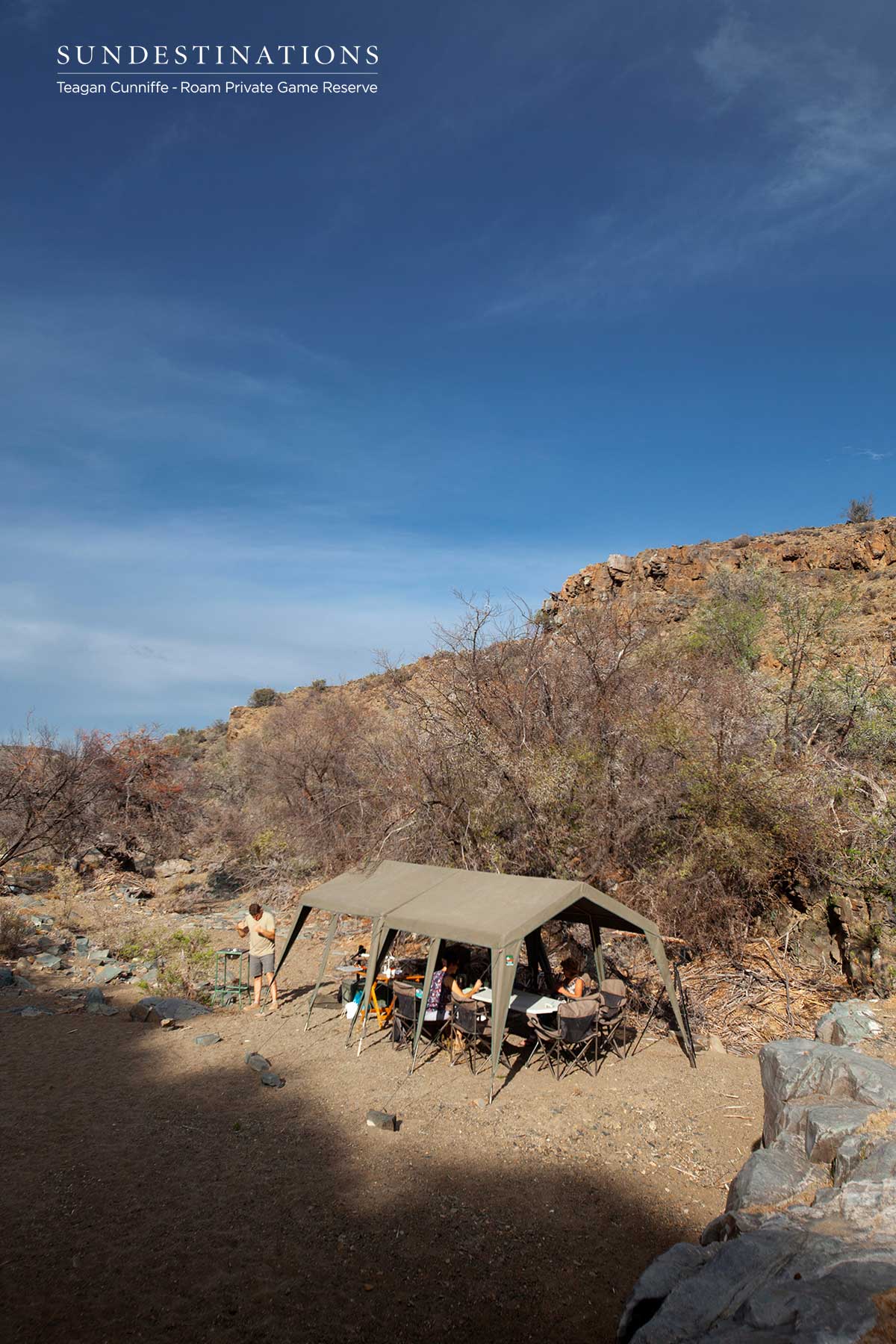

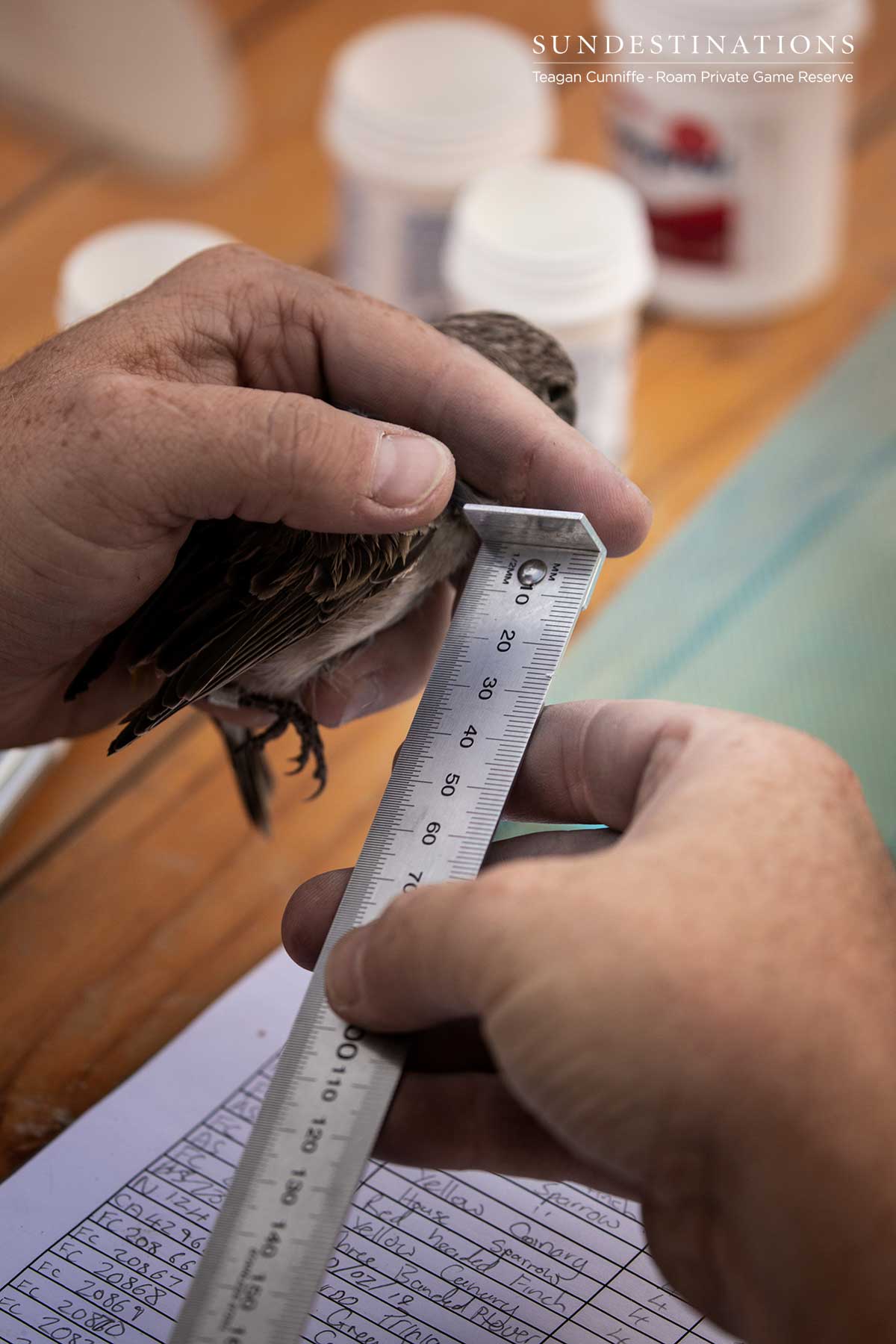
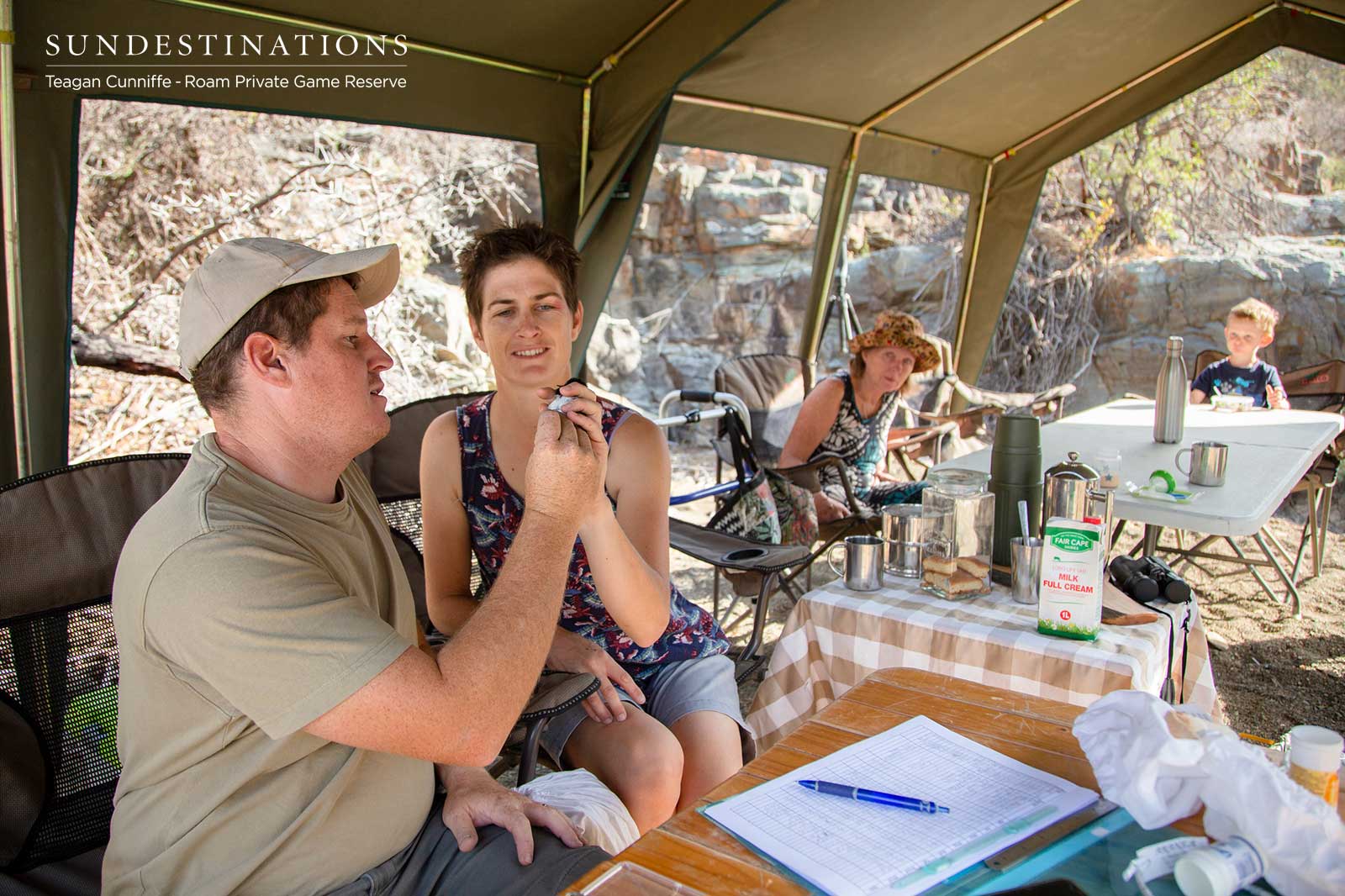
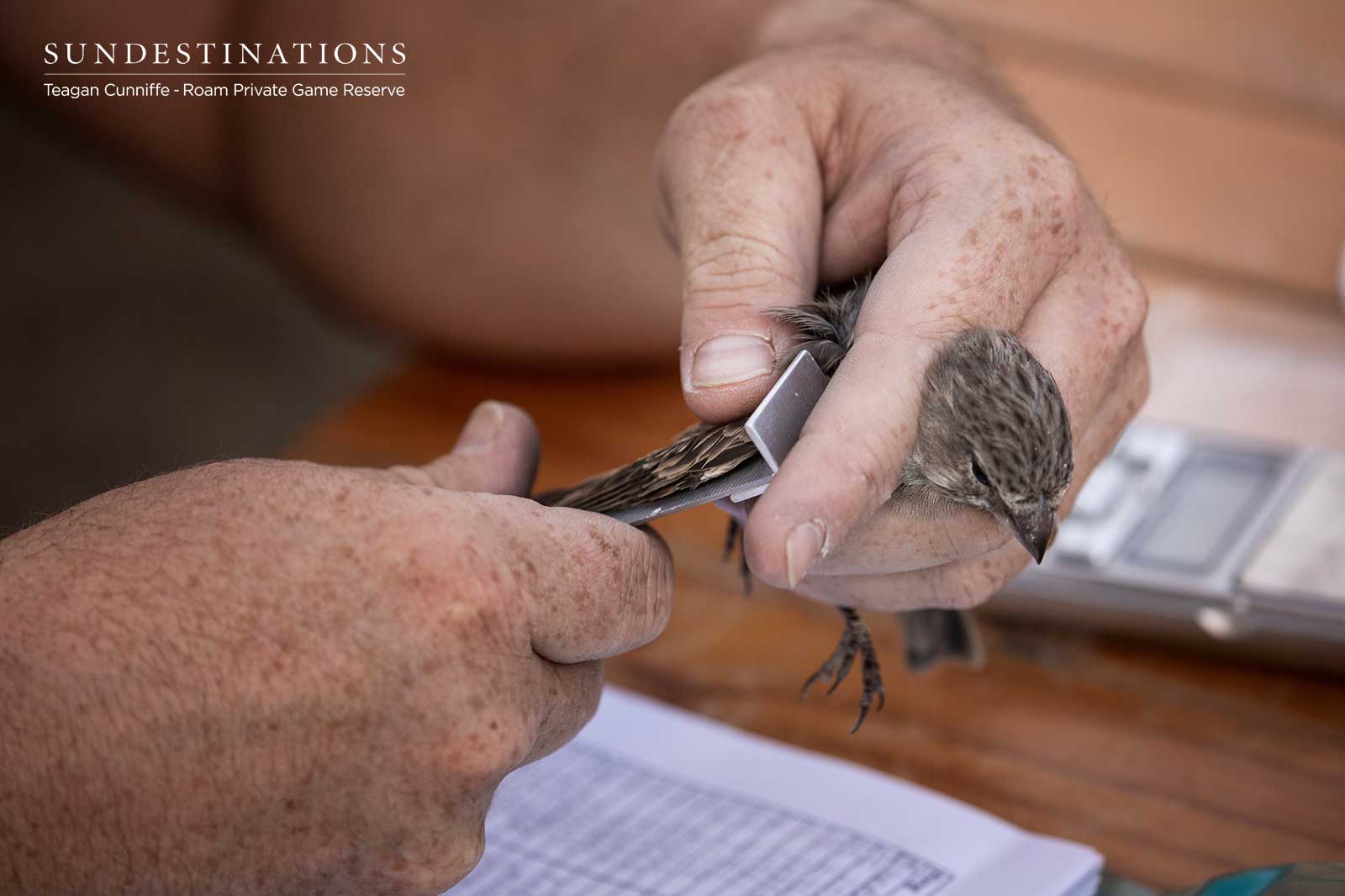
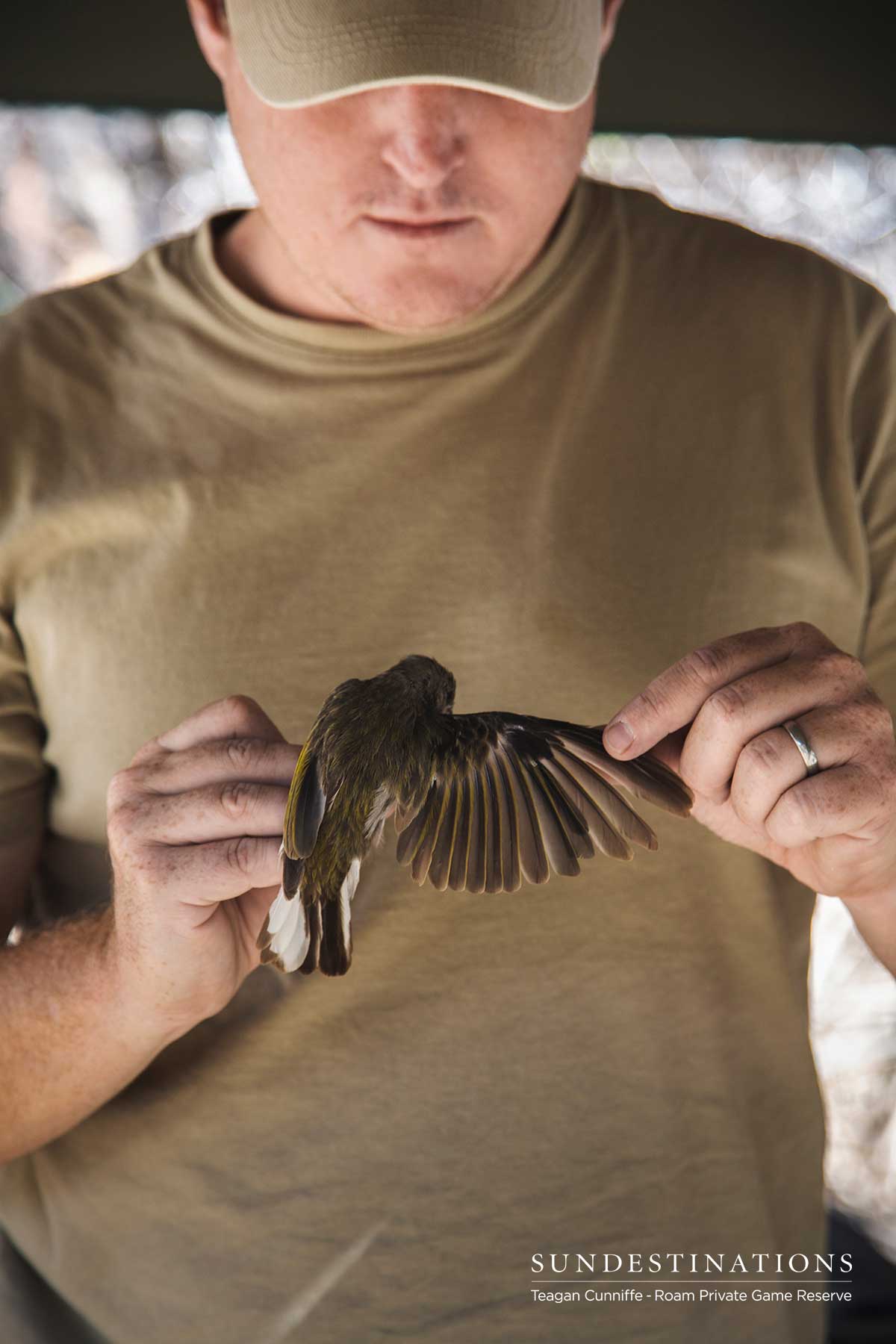
Natalie Knibbs
Carolynne